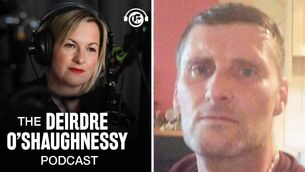Homebirth 'an empowering experience' and 'the feeling of safety was next level'
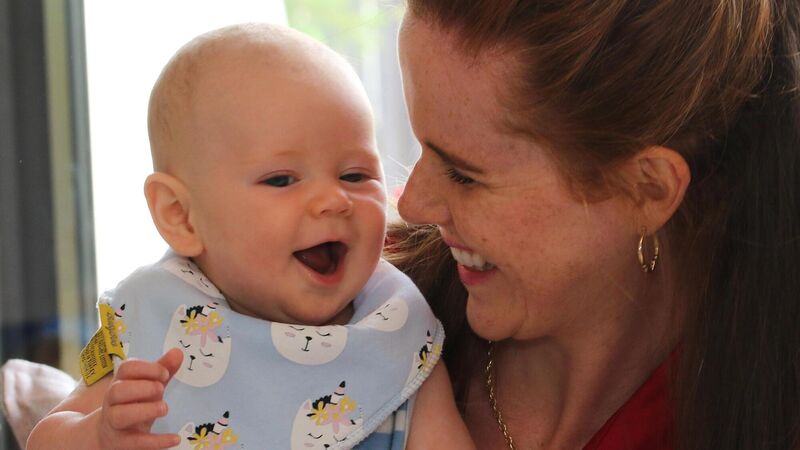
Susan Loughnane and her baby boy, Lockie Doyle, who she gave birth to at home in Clarecastle, County Clare. “We are conditioned to believe it (birth) is a scary thing,” Susan says, but for her homebirth was instead an amazing and empowering experience for the whole family. Picture: Brendan Gleeson
Almost 650 women opted for homebirths last year across public and private services, with the national service treating 53% more women than in 2019 despite some counties lacking community midwives.
Many women said homebirth was on their radar for the first time as they sought to avoid hospitals because of Covid-19 visiting restrictions on birth partners and fears about catching the virus.
Midwives and others supporting homebirths have welcomed the increased demand and said they would now like the National Maternity Strategy fully funded to make these available everywhere. The strategy (2016) recommended women should have the option of homebirth integrated into the maternity network.
Six years on, community midwife Aisling Dixon, who works with the National Homebirth Service, said midwifery numbers remain a challenge. Some counties like Mayo have none, while Cork has five. Figures provided by the National Perinatal Epidemiology Centre show the impact of these shortages on women’s choices.
Overall last year, 472 women had a home birth with the free national service, supported by HSE hospitals. This compares to just 272 in 2019, following a slow rise from 183 in 2017. By region, this shows 156 women across Cork and Kerry chose homebirth last year, up from 122 in 2019.
Demand more than doubled across Dublin/Mid-Leinster from just 66 in 2019 to 132 last year. North Dublin saw numbers go from 46 before the pandemic to 73 last year. However, across the west there were 43 homebirths last year, up from 27 in 2019. The southeast saw 13 homebirths last year, up from 11 in 2019.
Ms Dixon said women like having the same midwife before, during and after the birth. “They would see homebirth as more than just that moment of birth,” she said.
In general, this service is open to women with low-risk pregnancies. Women who are older or have certain health conditions may be accepted following assessment, she said. In fact “the main barrier”, she said, is not women’s health but access to community midwives.
She said midwives typically turn to homebirths after a hospital career, perhaps burned-out or seeking part-time hours.
“We would like to see a commitment to make it a mainstream part of the support pathway, which is in line with the National Maternity Strategy,” she said.
“So it becomes an option for all women nationally and truly becomes a national homebirth service and not regionally dependant on where midwives are working.” Work is planned around this, with a timeframe of approximately two years.
Some women choose private midwifery, a service covered under most health insurance policies. Midwife Liz Halliday from Private Midwives Ireland said her service took on 90 women last year.
“We are turning away more women than we ever have,” she said. “We are turning away nearly 50% of enquiries, where two years ago we would have turned away two or three people in a year.”
She said most women in Ireland still do not know homebirth is an option but she expects that people’s good experiences during the pandemic could change this. “People are much more likely to go down that route if they know someone who did it and they know the service exists,” she said.
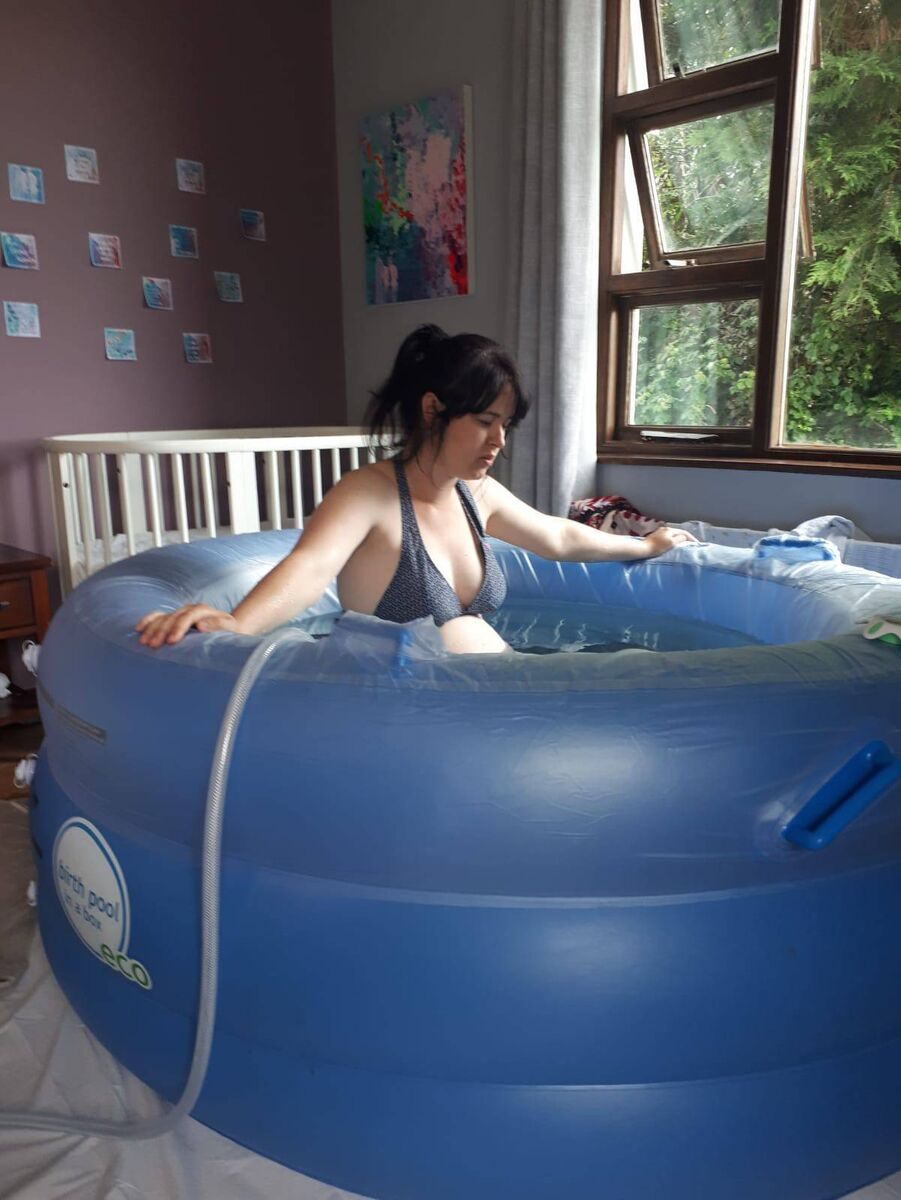
Like the HSE, their challenge is finding enough midwives with just one in Kerry and none in some counties. “We are desperate for new midwives, basically, because the demand is through the roof,” she said.
The National Maternity Hospital offers homebirths to women in their catchment area. Community Midwife Manager Teresa McCreery said last year this included nine first-time mothers.
“In total we had 80 women joined up onto the scheme,” she said, up from “under 50” the year before.
“Thirty-six had their baby at home, four of the remainder used a different provider and 40 ended up having their baby in hospital.” They answer queries through Instagram @domino_midwives.
“Consultants are brilliant, we have a great working relationship with them but I don’t think women understand what they are missing,” she said
Outside these systems, online support around pain management is available through the Gentlebirth app. Founder and midwife Tracy Donegan said the public homebirth service should be supported to significantly expand.
“The demand is there but unfortunately few midwives are choosing this career option,” she said. “There’s also a lack of interest from the HSE’s consultant-dominated services to expand this service despite the clear evidence of safety.” The lack of opportunity for midwifery students to attend homebirths is an issue, she said.
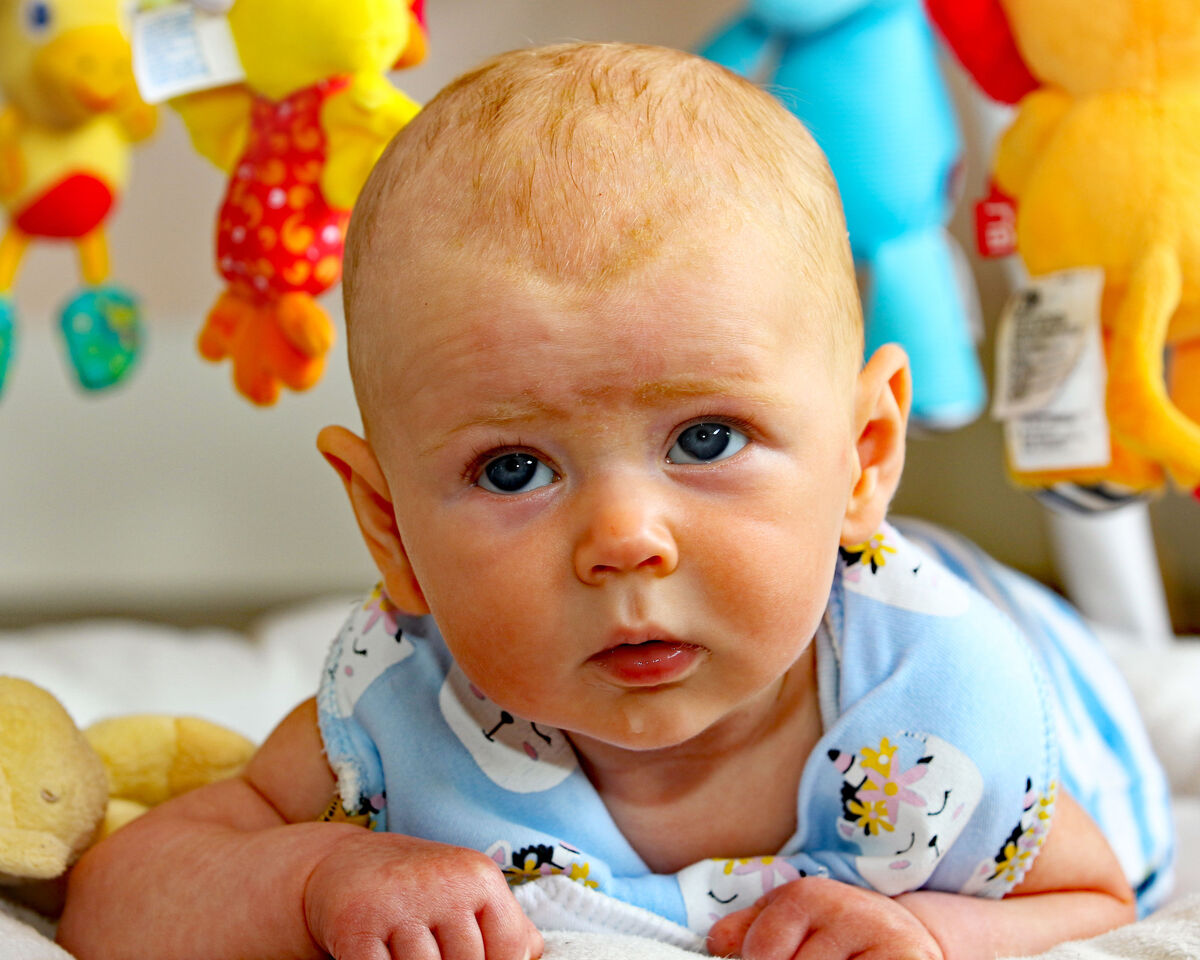
“It’s hard to have confidence in your skills as a midwife when all you’re exposed to is the medical (hospital) model and associated routine interventions that serve to regulate hospital bed turnover and staffing instead of serving the families who use maternity services,” she said.
For the chair of AIMS (Association for Improvements in the Maternity Services) Ireland, Dr Krysia Lynch, choice is missing from the maternity services.
Working as a birth doula - someone who accompanies a birthing mother as an advocate and emotional support - she had more homebirth clients in the last six months than in her previous 19 years working, she said.
She queried why a public debate similar to that around the new NMH is not happening around community maternity services.
“I am calling for all the promises in the National Maternity Strategy to be funded, which will include more funding for Domino care, more funding for community midwifery and absolutely direct investment in homebirth because people want it,” she said.
An AIMS petition, with 3,524 signatures, is calling for reformed guidelines around birthing pools with the public service, as currently women are advised to only labour in the pool. In reality, water births do happen, with midwives then filling out incident reports, she said.
“A lot of people will choose homebirths to have water,” she said. “We want an end to the ban on waterbirths.” This has been in place since late 2020 following two adverse incidents despite follow-up HSE investigations finding no links with the pools, she said.
A systemic review published in the medical journal The Lancet (2019) and involving around 5,000,000 intended homebirths found among low-risk women “the risk of perinatal or neonatal mortality was not different when birth was intended at home or in hospital”.
Research like this was frequently quoted by women who took the homebirth route, saying it reassures them about taking a different approach. The challenge now is how to expand the service so it offers a viable alternative to hospital births for women who want this.
Faced with the prospect of giving birth alone in Waterford on Christmas Day last year due to Covid-19 restrictions, Sarah Culleton opted for a homebirth instead.
“My biggest regret is that I did not do this for the first two as well,” the mother of three said.
They set up a birthing pool in front of the living room fireplace, and Christmas tree lights glistened on the water as she laboured. Her husband Paul was there, and her sons met their new brother almost immediately.
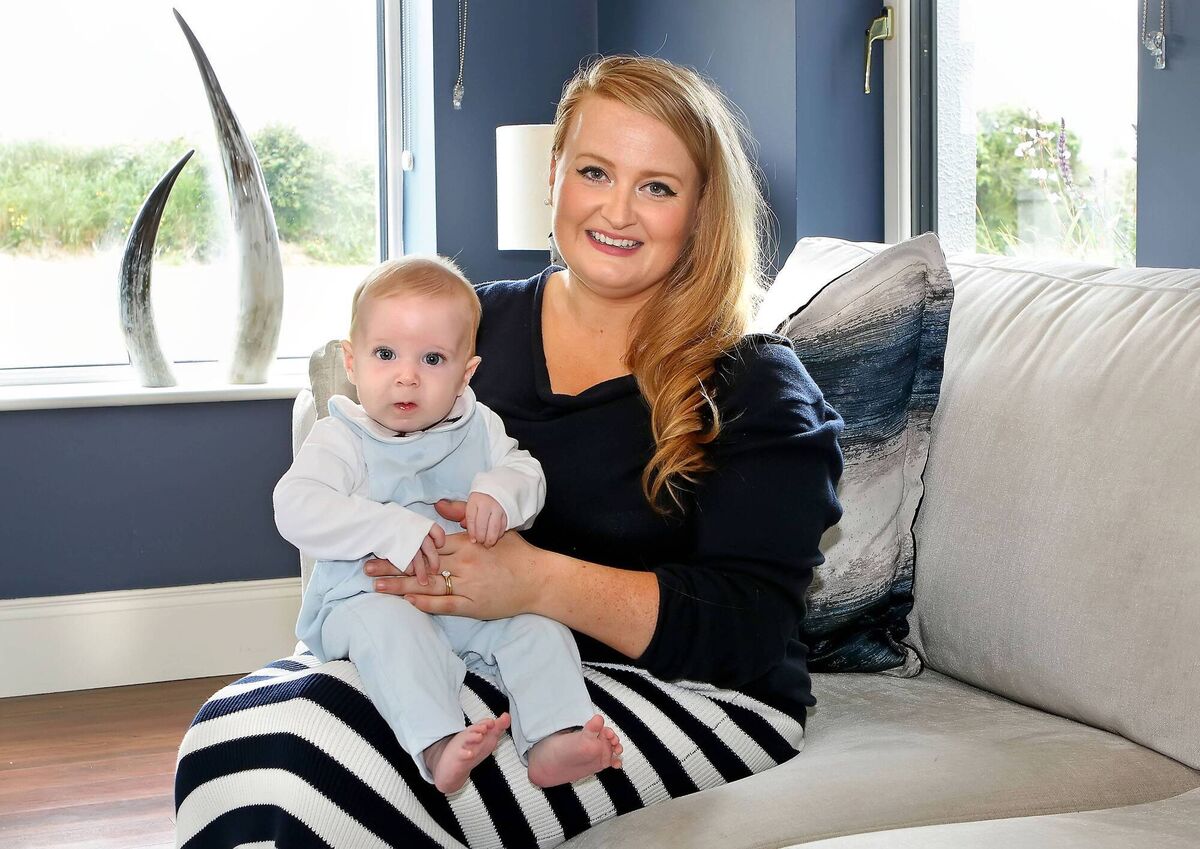
“Homebirth was not on our radar, no one in our circle of friends had done it. People were looking at me and thought I was nuts,” the international corporate relations manager said.
Paul, a project manager, was “shocked” she remembered when they first talked about it, but research reassured them.
Her first birth at Waterford University Hospital went really well, she said. However, their second son was born around 10.30pm which left very little time for visiting as the ward closes at midnight.
“I was really shocked at that,” she said. “I was on my own for the whole night and I remember feeling so vulnerable. So when our third came, and I knew about the restrictions, I thought I don’t want to feel that vulnerable again.” She said midwives through the Waterford domino service were “amazing”.
She also booked Private Midwives Ireland as back-up in case the baby came earlier and for antenatal treatment, including hypnobirthing.
“A lot of people don’t know health insurance covers that, they don’t realise most policies do actually cover homebirths,” she said. “I didn’t go to the hospital much unless it was critical for big scans.”
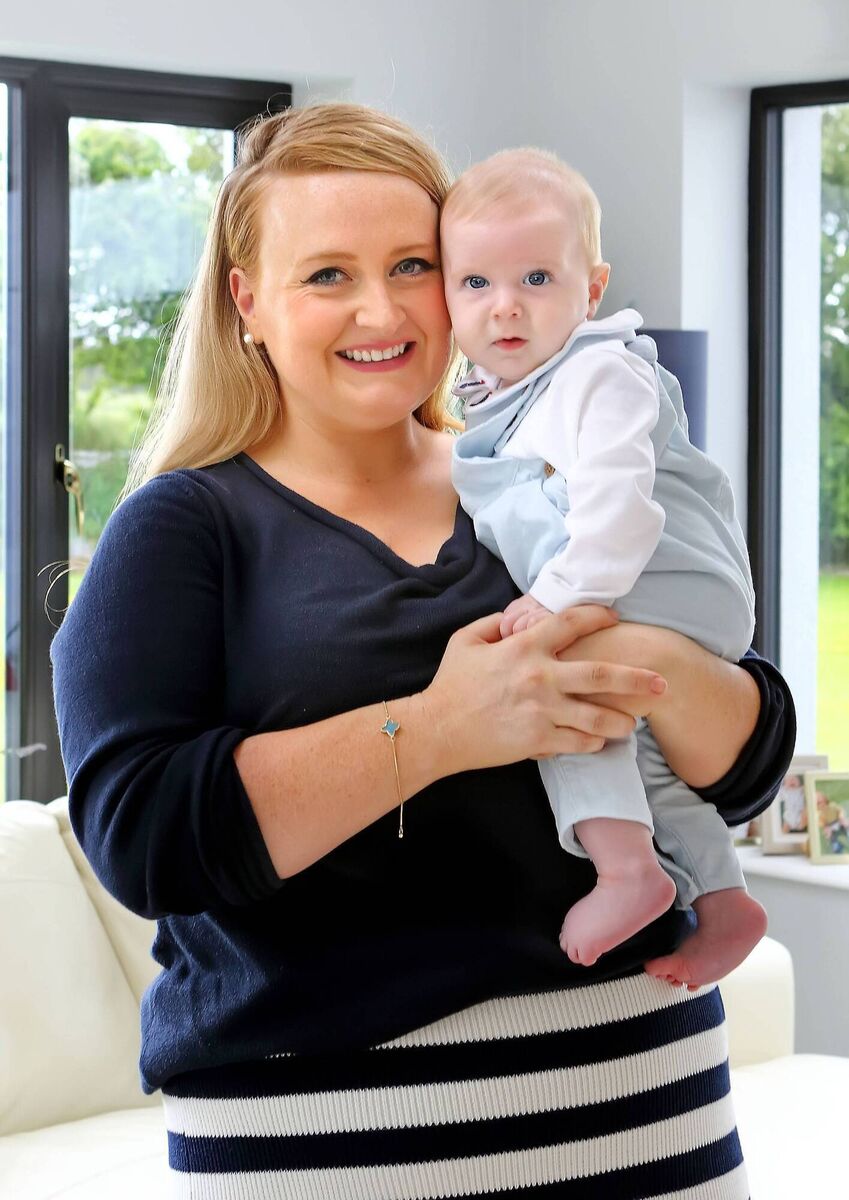
On the night, her sister was there also and two community midwives arrived around 4.30am having visited in the afternoon to check everything was in order. They provide gas and air, alert the hospital and an ambulance just in case.
“I got into the pool at 5.15am and I had him at 6am,” she said. “The pool was just amazing in terms of instant pain relief. It was just so relaxing. I can’t believe I did this. My husband held my hand, it was just phenomenal.”
Her eldest son came downstairs at 6.30, followed by his brother at 8.30am and she said: “it was magical, just magical.” She said her husband now tells his friends homebirth is the best way to go, and repeated: “I wish I had done it with my first two, but it wasn’t on my radar with my first, never even knew it was an option.”
Aisling Ui Dhalaigh said it is hard to pick out any one thing which made her homebirth perfect, between feeling so safe in her home without harsh lighting, the “beautiful” experience of getting to know her midwives and having her older son and husband there.
“We really did it together, it was such a nice thing to have that going into parenting,” she said.
Her first birth was in University Maternity Hospital Limerick. She said: “I’m from a farming background, but when it came to birthing myself I was terrified from the horror stories, how its represented in movies.” She learned about hypnobirthing and other pain techniques, and while she praised the hospital midwives, saying she felt “very happy” afterwards, she was left wishing some interventions could have been avoided.
“I almost need to tell the hospital experience to inform my decision-making around homebirth,” she said.
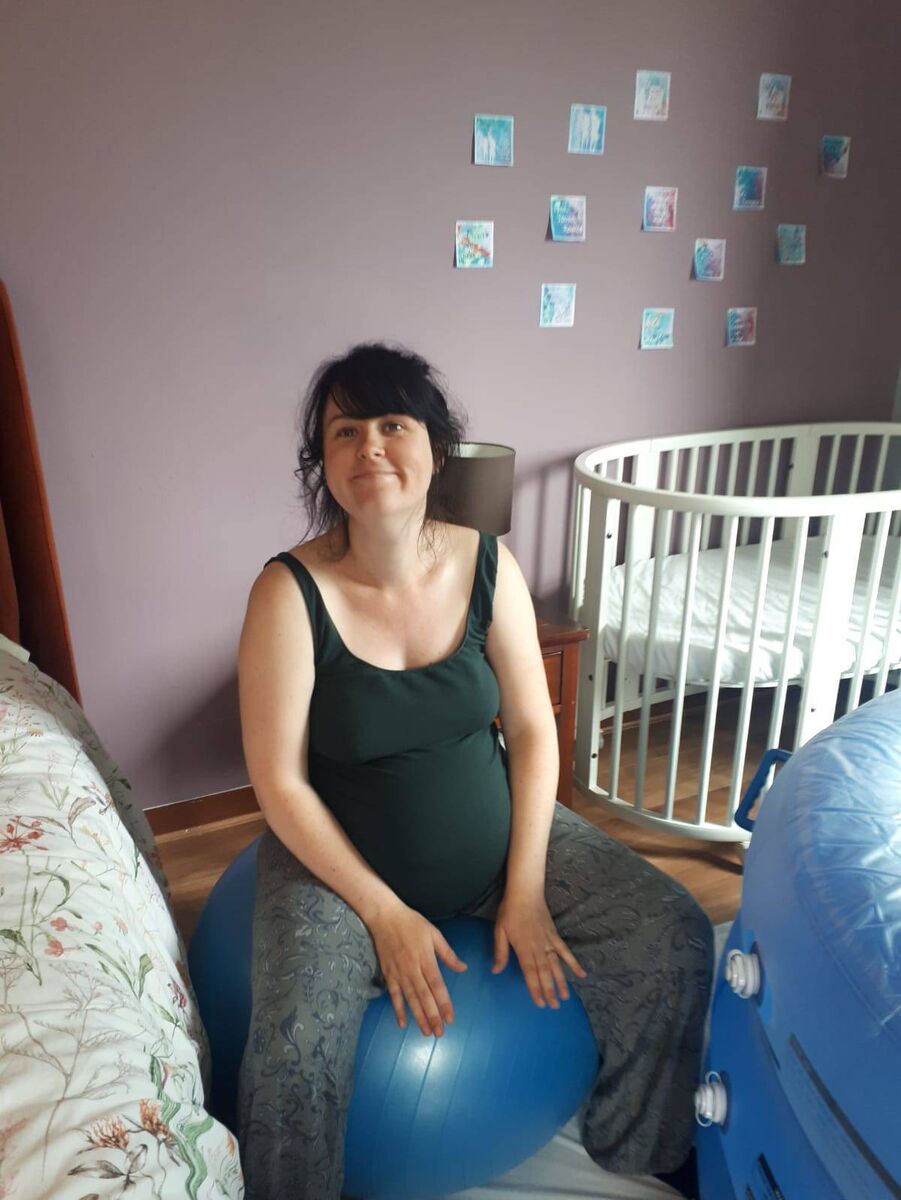
“When myself and my husband decided to get pregnant for our second baby, we were all locked down, so there was obviously that element too. The restrictions made my conviction around wanting to have a homebirth a little bit stronger. My partner the first time, he was my anchor.”
Weeks of research followed, and they both came to believe homebirth would be a safe option. “Homebirth isn’t the cultural norm in Ireland at the moment, and people don’t realise that homebirth is just as safe and valid an option as hospital birth,” she said.
“The environment you have at home is already set up for yourself, your house, your familiar surroundings, smells,” she said. “And for those of us like myself who have another small child, it means no separation.”
On the day, all went swimmingly with their older son proudly helping to fill the birthing pool. “I birthed my baby within five hours, with my husband and two midwives,” she said.
“I do genuinely believe it was because I felt safe, I felt supported. Nobody interrupted anything, the feeling of safety was next level.” Her husband Oisin, a performance analyst with Connacht Rugby, still expresses shock, she said, that the service is free, saying he would have paid thousands to have that experience.
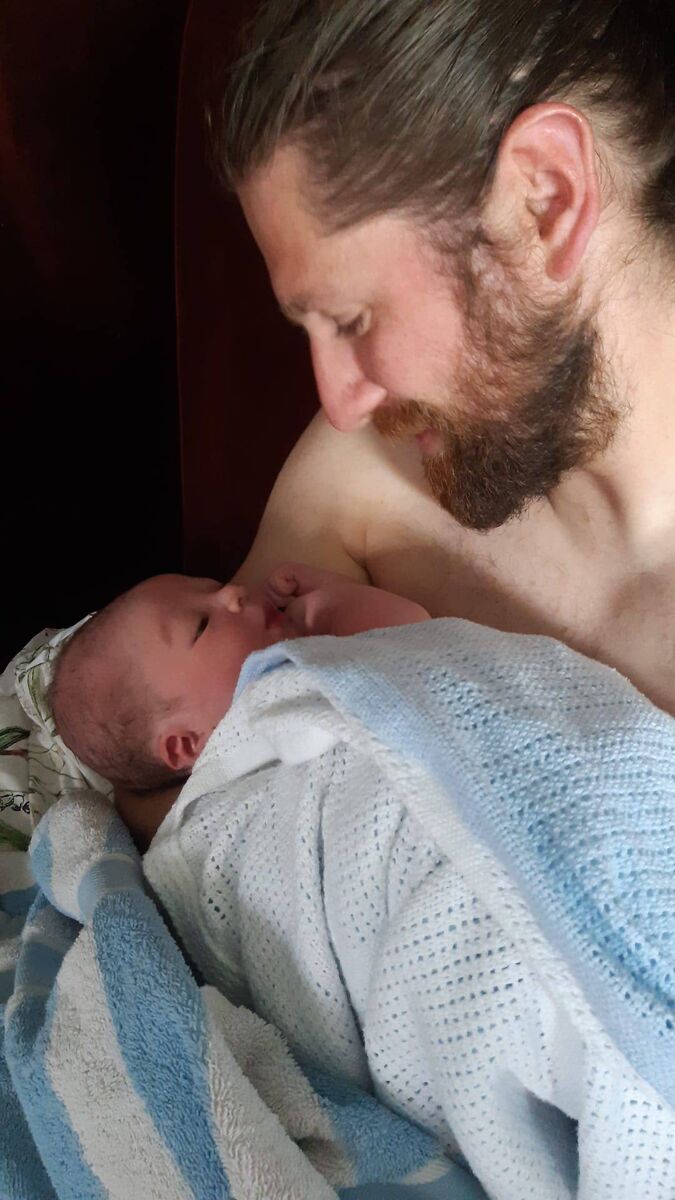
She works as a birth educator and is training as a birth doula. She is working with “a lot more couples” interested in homebirth at her business Saolu recently.
“Unfortunately, it is a very unknown pathway, a lot of people don’t even realise there is a free HSE homebirth option,” she said.
“With Covid and possibly catching it, that was definitely the push for a lot of couples to do the research.”
Susan Loughnane opted for homebirth for her second child to have a “gentler” experience and uses words like "peaceful", "relaxing" and "so great" in remembering how it went.
With her first child, she had been about 10 days overdue, describing herself jokingly as “a slow cooker”. She was induced in the end at University Maternity Hospital Limerick.
“It wasn’t what I’d imagined and that was fine, I was actually still buzzing off all the oxytocin and so happy to have my baby,” she said. “But he hadn’t come when he was ready, and I don’t think it was a nice way for him to come into the world. I didn’t want that for my second baby.”
With her second baby, she was also very worried her husband might miss the birth as visiting restrictions were still in place in hospitals when they became pregnant.

“It was spurred on by Covid when I first started looking into it, but when I learned how safe it is and how beneficial it is for mums and babies, I became more and more interested in it,” she said. “And determined to do it by the end of it.”
She went with Private Midwives Ireland, praising her experienced midwives Ann Bargh and Jonelle Mannion for support especially when her baby was about two weeks overdue and daily checks reassured her all was well.
The birthing pool was a highlight for her, and she said repeatedly how much it helped with pain relief.
“I wanted him to come in a more natural and peaceful way (than our first child) and to be fair he did, he swam out into a pool in our house with dim lighting, and his brother there and his dad there,” she said. “It was a really peaceful birth.”
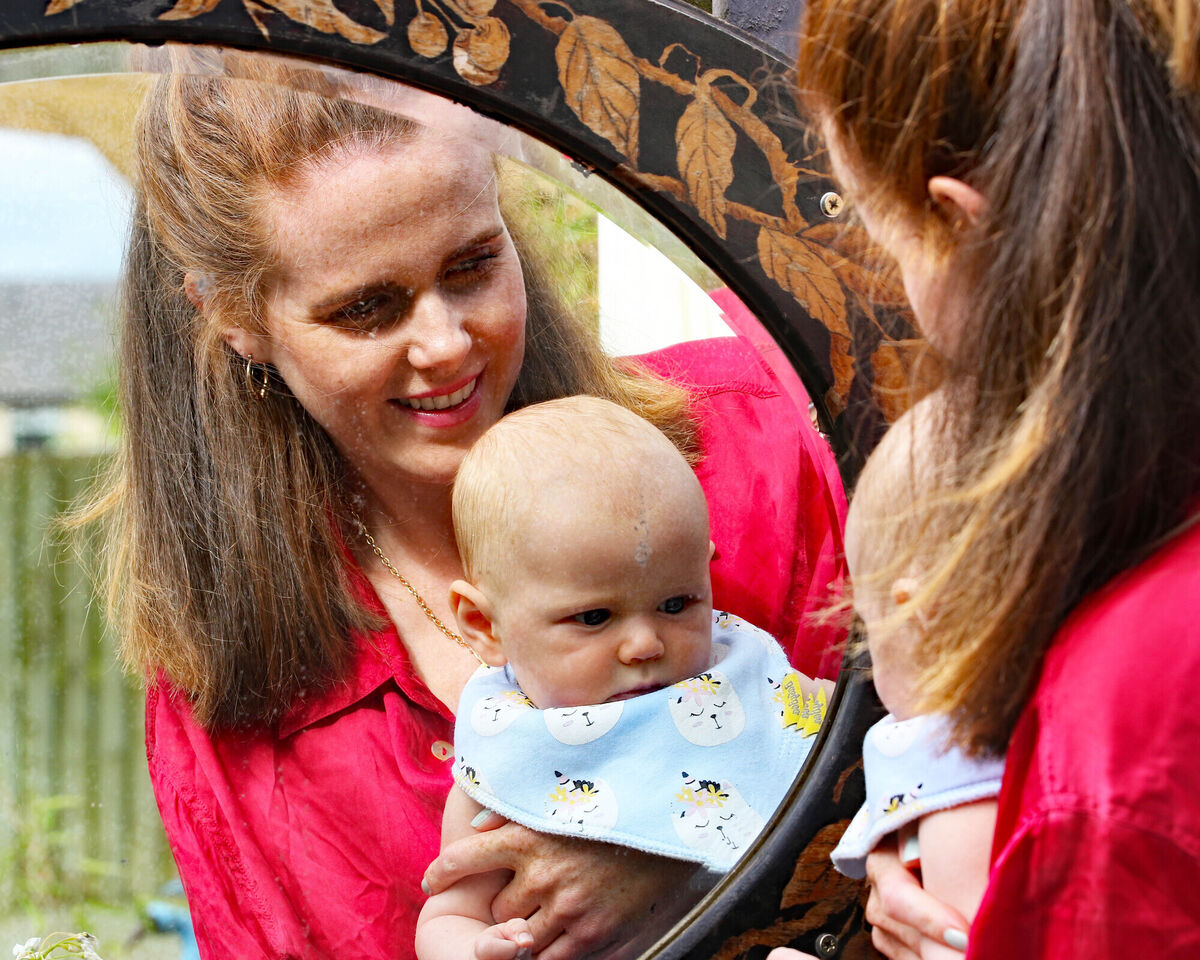
At the moment, the public service restricts the use of birthing pools to labour only, and she said: “That’s something that really needs to change too, as the water is such a wonderful tool in homebirth.” She said it would be great to see the HSE get more funding for homebirths in general so more families could experience this.
“I went in then to the bathroom, and my son and my husband did skin-to-skin with the baby on the couch,” she said. “That was really sweet, that’s one of my favourite memories of the whole thing, the three lads on the couch doing skin-on-skin.” She said it was completely different to the terrible images of birth often presented in films.
“We are conditioned to believe it is a scary thing,” she said, saying this was instead an amazing and empowering experience for the whole family.






